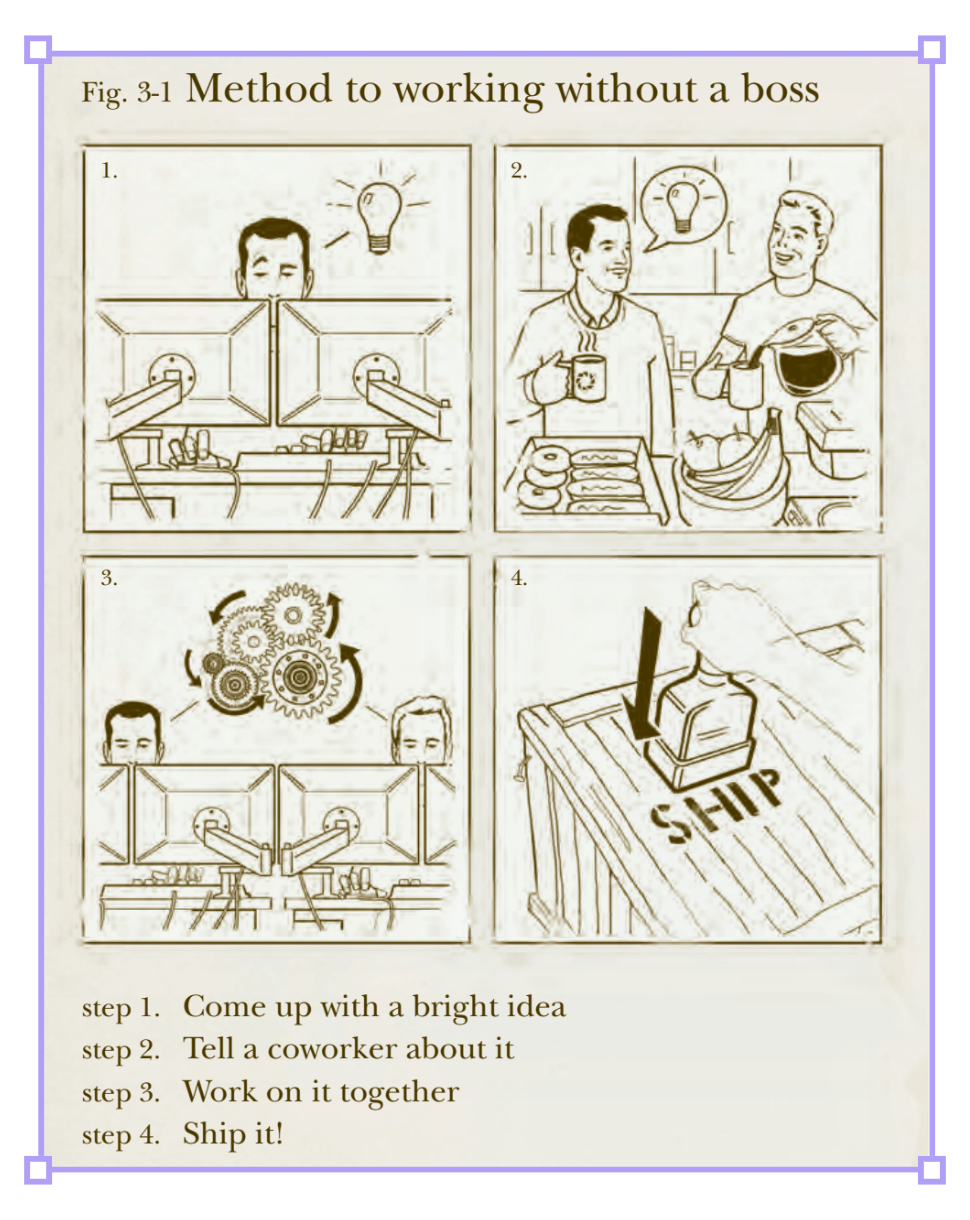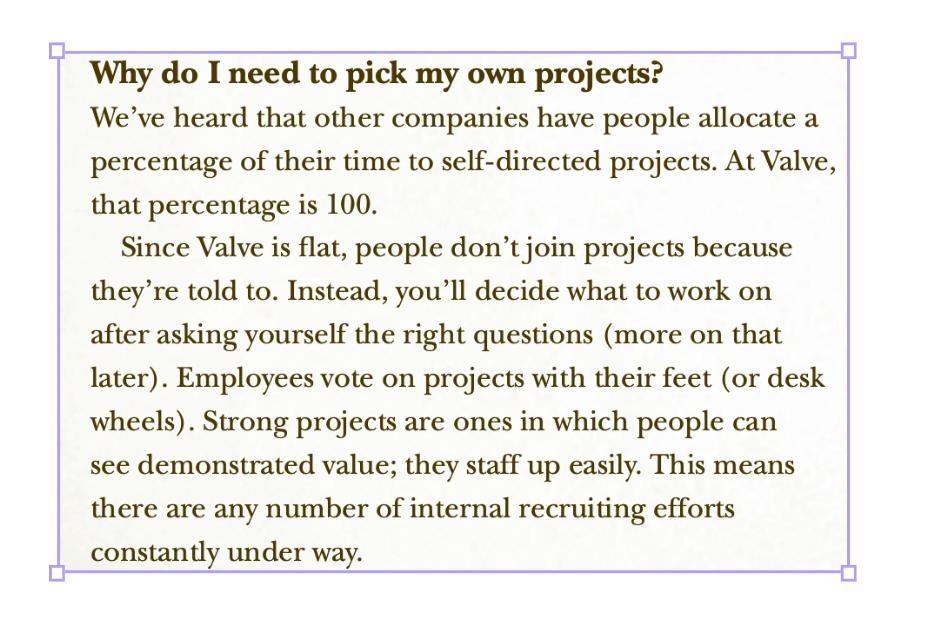Read time: 3 minutes 58 seconds

A couple of weeks ago I received a message that turned out to be a serendipitous opportunity.
A few back and forths, a few last-minute edits…
Side-quest complete. New skin unlocked:
→ “Strategy Breakdowns: as featured in Business Insider”.
Today we’re breaking down another culture memo that lives in my ‘leaked tech documents’ hall of fame.
Enjoy,
— Tom


Stop guessing what your customers want.
It's becoming pretty clear that b2b SaaS startups are all flocking to the same tool:
June.so is the modern analytics tool for teams that love configurable but powerful products like Notion and Figma.
P.S. Strategy Breakdowns readers get 25% off.
My Playbook to Discover Hidden Opportunities
StrategyHub gives you the exact system I used at Atlassian to make high-impact strategic decisions using free online data.
Become your company's go-to 'insights person' by spotting patterns and opportunities that others miss.
Thank you for supporting our sponsors, who keep this newsletter free.



Chess Move
The what: A TLDR explanation of the strategy
At Valve there is only one direct report. The customer.
The company behind Steam (the largest online game store) and some of the biggest cult classic games (Dota 2, Half-Life, Counter Strike) has no employee hierarchy. No management. And nobody reports to anyone. Anyone but the customer that is.

An organisational web. Not a pyramid.
Valve’s founder, Gabe Newell, was very intentional in what he wanted to achieve:
Doing what’s best for the customer
Empowering employees to flourish
His belief was that you can’t expect to get the best results for the customer when there’s 7 layers of bureaucracy between customer and builder.
And you can’t expect exceptional people to do their best work when they’re being told what to do and how to it.
So Valve removed all the red tape between employees and giving the customer what they want, and documented their entire philosophy in the now-legendary “Handbook for New Employees”.

Less approvals. More shipping.
Through doing this, Valve have built one of the most profitable companies per employee in the US, greater than Microsoft, Apple, and Facebook.

💡
Strategy Playbook: ”Welcome to flatland”


Breakdown
The how: The strategic playbook boiled down to 3x key takeaways
1. Forcing function to hire A+ players
At Valve, hiring is the single most important task that any employee can work on.

The Valve hiring orbit.
With such a unique organisational structure there is a lot of potential upside, but also downside.
Which way it goes depends on who they hire.
Why? Because every employee has the autonomy to make decisions that only senior management running other companies would be able to make. Including who they hire next.
Read that again.
This structure isn’t for everyone. It’s a lot of pressure and responsibility. Not everyone wants that and Valve understands this. They know that only a specific type of person will thrive in this environment.
Valve looks exclusively for 'T-shaped' people:
Good at most things. A jack of all trades. (the top)
One of the very best at a specific thing. (the stem)

The ideal Valve employee: Generalist with leading expertise in one area.
Everything at Valve is downstream of hiring A+ people. It’s the bar they measure success on.
2. Ownership at the core
Everything at Valve is up to you:
What projects you join
What your role is
When you move project
Who you work with
Who you hire
What skills you develop
How well you perform

If you’re bored at Valve that’s on you. Pick what excites you.
It is all up to you. Valve trusts that any decision you make is in the best interests of its customers. In whatever way you see as fulfilling that.
This is a lot of responsibility to give to everyone. But it’s very intentional.
Valve believe that collective ability increases as responsibility is spread, because ownership gets people bought into the company and the projects they work on, ultimately improving the final product.
The impact of this buy-in becomes clearer when you view Valve as a "Marketplace of Ideas". With projects being “sold”, employees as “buyers”, and the currency as time. In an open and free environment like this, where people choose what they work on, the most exciting projects naturally elevate to the top and get the most momentum.
A self-selecting algorithm for determining what Valve should be working on.
Side note: The key enabler for a culture like this to thrive is being extremely forgiving on mistakes (provided they are done with the best intention for the customer). This is because you can’t expect ambitious projects to succeed without risk.

Risk is the entrance fee for great work.
3. Stewards of the customer
While the internal org chart may be flat, there is one head point: the customer.
'Customer-centricity' is nothing unique. Where Valve stands out is in its execution.
At Valve there is nothing that stops anyone from speaking to a customer, figuring out what they want, and building it for them.
Not only is there nothing stopping it, everything discussed above encourages and ensures it happens.
Valve employees are expected to be stewards of the customer. With every choice to be made in line with what’s best for them.

Distributed responsibility = more people to correct the ship.
It’s this bias for action, not management, that has helped Valve refine and deliver on what their customers want.


Rabbit Hole
The where: 3x high-signal resources to learn more
[38 minute read]
Peel back the culture and reasoning of one the most profitable (per employee) companies in America. Including how your pay depends on how your peers view your work.
And unlike most onboarding docs, it’s actually a world-class read (all the images in this breakdown came from Valve’s handbook).
[10 minute watch]
How Valve views its own culture is one thing.
Here’s the inside scoop on how employees see it, and how (if*) the culture handbook works in practice.
[4 minute read]
Valve isn’t the only one with an infamous culture doc.
Ex-Facebook employee breaks down Valve’s handbook, alongside with Facebook’s pointy “Little Red Booklet” and Netflix’s excellence-driven slide deck.
That’s all for today’s breakdown.
BRB - going to go whip up a Strategy Breakdowns culture memo.
Written by Sheldon Bishop and Tom Alder.


Whenever you're ready, there are 3 ways we can help you:
Our flagship course on how to use free internet data to make better strategic decisions. Contains 5 years of strategy expertise, proven methods, and actionable tactics to accelerate your career with modern-day strategy skills.
We have a growing audience of 55,000+ strategists from top companies like Google, Meta, Atlassian, Stripe, and Netflix. Apply to feature your business in front of Strategy Breakdowns readers.
One of the most common questions we get asked is: “What tools do you use to run Strategy Breakdowns?” So, we’ve open-sourced our tech stack to give you an inside-look at exactly what tools we’re using to power each corner of this operation.







